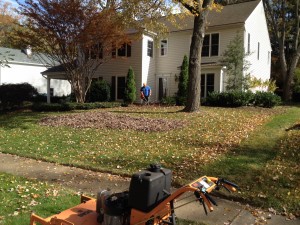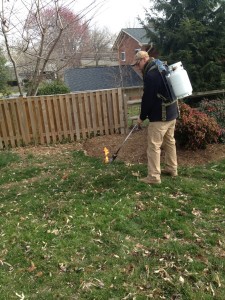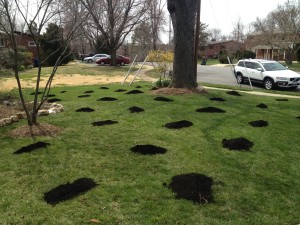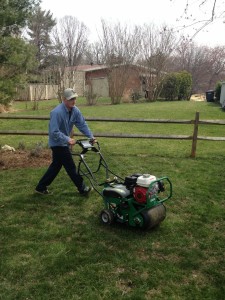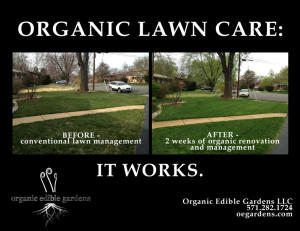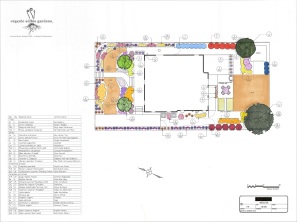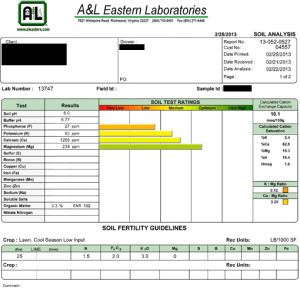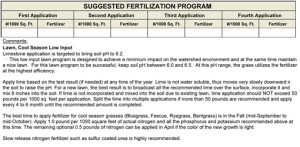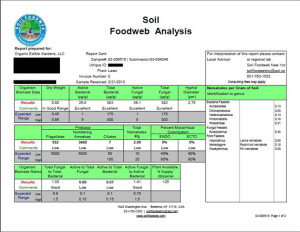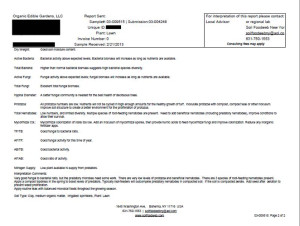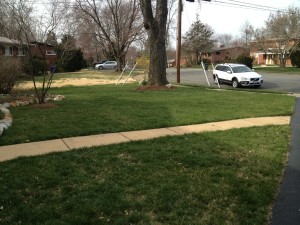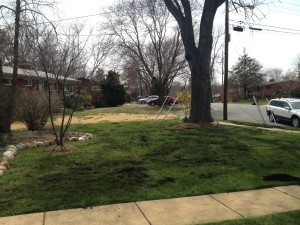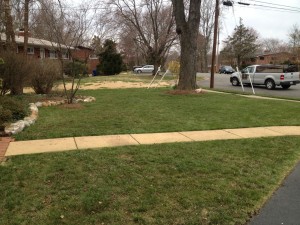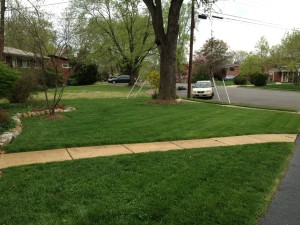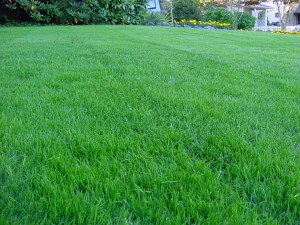Leaf Recycling
©2015 Danylo Kosovych and Organic Edible Gardens LLC
One of the first practices that struck me as odd when I began landscaping is the collection and disposal of the season’s fallen leaves. Leaves are a good source of organic matter and plant nutrients. You can reduce your mulch and fertilizer inputs by using what nature provided, rather than paying money or expending energy to get rid of them. If you live in a forest you can simply let them lie but like most people who have a combination of lawn, garden beds and paved surfaces the leaves will need to be processed in one of three ways.
Deciduous trees drop their leaves each fall storing all their energy within their roots. In mature forests the leaves fall onto the ground and whatever nutrients remain are cycled back into the system. Trees need leaf litter; it keeps the soil warm in the winter and prevents evaporation in the summer. Just as we put on more clothes in the winter to keep ourselves warm. Leaves create a warm blanket on the ground, their active decomposition creates heat. The litter of fallen leaves under the tree creates an ideal substrate for beneficial soil fungi and bacteria to grow in. The metabolic activity from these microorganisms can keep the temperature higher than in the surrounding area. The increased warmth supports microorganism activity and root growth as well as providing a habitat for insects and small animals.
The large area and number of trees in the forest keep the leaves on the forest floor. Landscape beds are much smaller and many times slightly raised in comparison to walkways and lawns. As a result, fallen leaves tend to blow off of landscape beds and collect in lower areas of the property. Shredding the leaves reduces the surface area that catches the wind, keeping them in place. They also tend to mat less, preventing the smothering of groundcovers. Shredded leaves have a more uniform color than whole leaves. Leaf mulch is an attractive dark brown and slowly decomposes, releasing nutrients to the plants, and preventing winter damage by keeping roots warm.
Shredded leaves in garden beds:
An even easier way to utilize fallen leaves is to shred them into your lawn. This takes only slightly more work than mowing your lawn. You will have to mow your lawn 2-3 times over to get all of the last leaves. All it requires is a mulching blade and closing the discharge chute. A study by Michigan State University, found that mulched oak and maple leaves reduced the amount of dandelions and increased spring green up in lawns. They reduce the prevalence of dandelions by reducing dandelion seed germination. Shredded leaves provide nutrients and organic matter to the lawn producing a thicker, greener more drought tolerant lawn.
Fallen leaves contain a small percentage of nutrients, ranging from 1-3% nitrogen, (the higher being from leguminous trees) and small amounts of phosphorous and potassium. While the percentages might be small, the sheer volume of leaves dropped by large deciduous trees creates an ample amount of nutrients. A low input lawn requires 1 pound per 1000 square feet of nitrogen per year. A heavily wooded lot can produce 100 pounds of leaves per 1000 square feet providing enough nitrogen for the year.
Leaves in the lawn before shredding:
After Shredding:
If you do not have much lawn but have vegetable gardens, then you might want to save the leaves for the compost bin. Compost improves soil porosity by loosening heavy clay soils and retaining moisture in sandy soils. It also adds beneficial microbes that support root growth and break down the organic matter into soluble plant nutrients.
A balanced compost has an equal ratio of brown (dry) and green (wet) or carbonic and nitrogenous material. An over proportionate amount of either one will result in unhealthy microbial activity. Too much carbonic material will be too dry and take too long to break down. Too much nitrogenous material will become sludgy and anaerobic producing a bad smell. Leaves and wood are good examples of brown or carbon rich materials while grass clippings, herbaceous plants and food scraps are good sources of nitrogen rich materials.
There are many beneficial uses for your fallen leaves that can save you time and money in the landscape, not to mention the fossil fuel saved by eliminating the transportation of material. Even if you use machinery to process the leaves you will not use nearly as much fuel as transportation requires. Which method you choose to process your leaves or whether you simply decide to let them be is determined by the makeup of your property.



